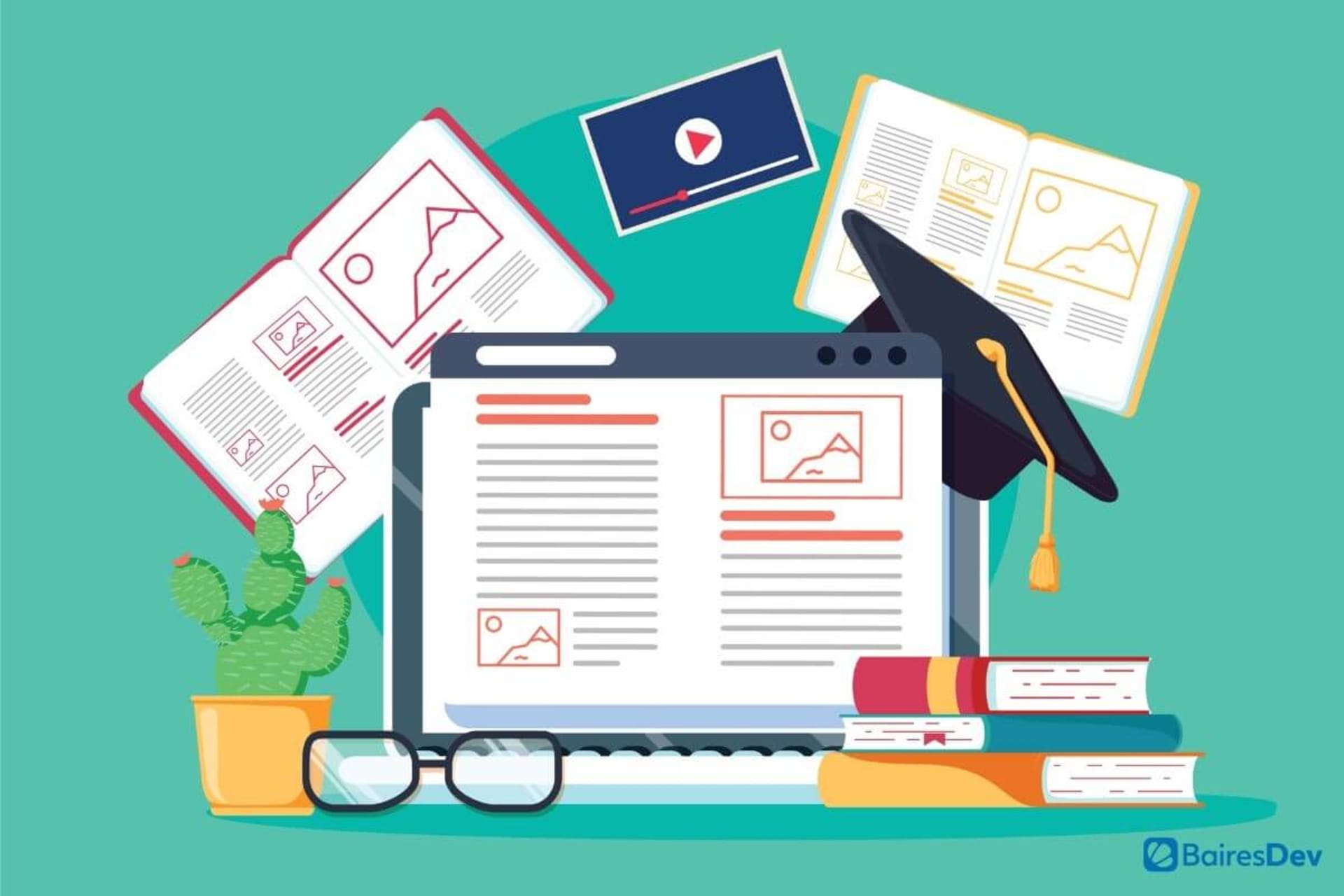In a time of unprecedented technological change, as well as rapid cultural transformation, companies are smart to keep worker skills up to date. Team members who are knowledgeable within their field can better assist customers, maintaining the positive company reputation that is so critical in a hyperconnected world. Additionally, employees that receive training are more likely to feel valued and, therefore, more likely to stay with their current company.
But training is a skill set in itself, and professionals should be aware of tools that can help them provide the most effective education to the highest number of employees. Here we explore some of those tools and how they can help companies deliver the training that will help employees become most productive.
Learning Management Systems

Learning management system (LMS) software provides a central place for trainers to organize and combine educational content, as well as create a specified lesson order and automate some aspects of the training process. Learners can find that content and test their knowledge. LMS software can be network- or cloud-based and some platforms offer it for free, while others charge a fee.
Popular LMSs enable users to quickly create modules within an organized framework and assign values such as difficulty level. They can help trainers track participation and competency, and use features like badges to motivate learners. Some platforms require little to no technical knowledge, so they are easy to learn for anyone.
The following video describes more features and benefits of LMS:
Videoconferencing Tools

While LMS software enables self-paced learning, there will always be a need for live in-person or online instruction. For online sessions, it’s important to have robust tools that maintain a consistent connection, offer the ability to interact and discuss questions, enable recording for future reference, and provide features to help with learning, such as hand raising, whiteboard, or screen sharing. Examples include Zoom, GoToMeeting, and JoinMe.
Other ways to deliver live video content are through webinars or virtual classrooms. Webinar platforms are well-suited to distributing information to larger audiences and using interactive methods like screen sharing, live chat, and polls. Virtual classrooms might involve some of the same elements as video learning or webinars but may also include in-session activities as would occur in an in-person classroom.
Microlearning Platforms

Microlearning is just what it sounds like — small, quick bits of information that can be easily created by content developers and accessed by learners who want information on an as-needed basis. Think of employees who simply need to learn the basics in order to get started in a new job. Platforms that support this type of information exchange enable easy content development and diversity of access points, including mobile devices.
The tools used to create and deliver microlearning information provide templates for building simple courses, including videos, images, and quizzes. Like LMS, these platforms enable trainers to track learner progress.
Content Creation Tools
While some of the other tools mentioned include content creation and content access within one platform, there are innumerable ways of delivering educational information. This includes video platforms, blogs, or environments that contain slide presentations, instruction manuals, and quizzes or tests.
To create content from scratch, trainers need tools that support the type of content they want to create. The following are some of the many tools available:
- Canva – offers templates for presentations, videos, print projects, and more, as well as images and other content to get started.
- YouTube – provides a platform for video content and enables users to create a channel and categorize videos according to the topic.
- Wistia – an alternative to YouTube, Wistia provides a platform for videos meant to be shared.
- G-Suite – enables creators to build and share information that can be viewed and changed by multiple team members.
- WordPress – provides a platform for creating internal or external websites and storing information.
- Photoshop – allows creators to create and alter images with highly refined features and tools.
Hosted Course Platforms
Hosted platforms offer course content from a wide range of providers. Similar to Etsy for crafters, hosted course platforms provide a “storefront” where content developers can display their “products.” They take care of some of the backend tasks such as marketing, user registration, and payment processing.
The following are some features to look for, depending on unique needs:
- Free or monthly fee
- Batch or individual course uploading
- An unlimited versus limited number of courses
- Site templates
- Customized payment process
- Additional content types (quizzes, gamification, or interactive videos)
- Learner note-taking capabilities
- Integration with other platforms
- Automated notifications to learners
- Customized course completion certificates
Knowledge Repositories
As its name implies, a knowledge repository is a place to store information. But it also allows participants to collaborate with that space. Typically, knowledge repositories can be accessed from any device, making them a convenient way to share information, especially with employees who may be working remotely, traveling, or frequently on sales calls.
Knowledge repositories may be part of other platforms, such as LMS. Trainers can use knowledge repositories to categorize information according to specific structures that make the most sense for their organization. Such a structure makes it very easy for learners to find what they need. For example, a manufacturing team member could find safety information for a specific machine under Safety > Floor Machines > X2100.
Training Tools Support Trainers
Training is about much more than the tools used to create educational materials. Trainers need to have the right expertise, patience, audience awareness, and ability to deliver information in a way that builds on previous lessons. However, the right tools can help them do all these things and more. Training tools can help trainers make the process more interesting, engaging, and, ultimately, more effective for teaching employees what they need to know.







